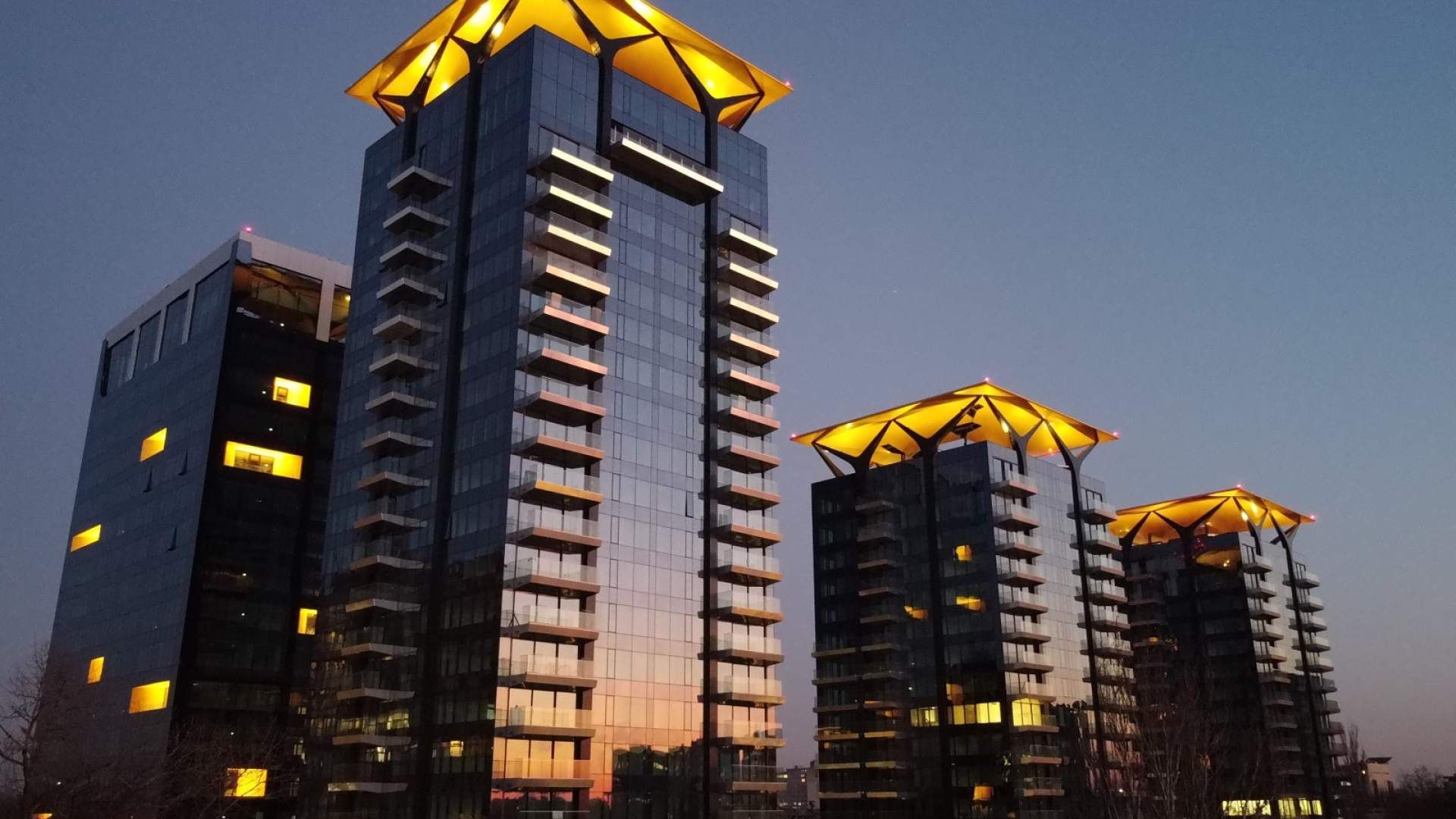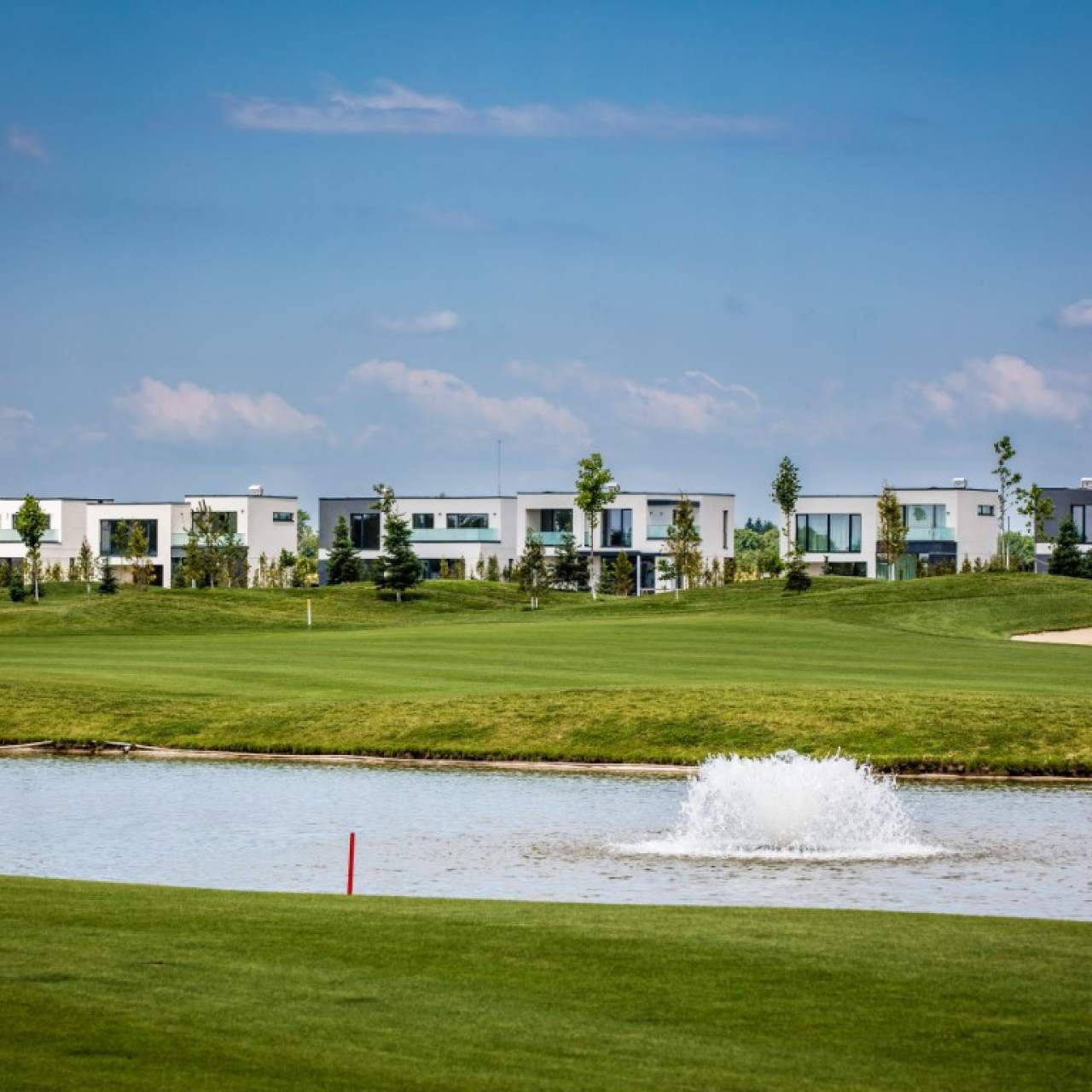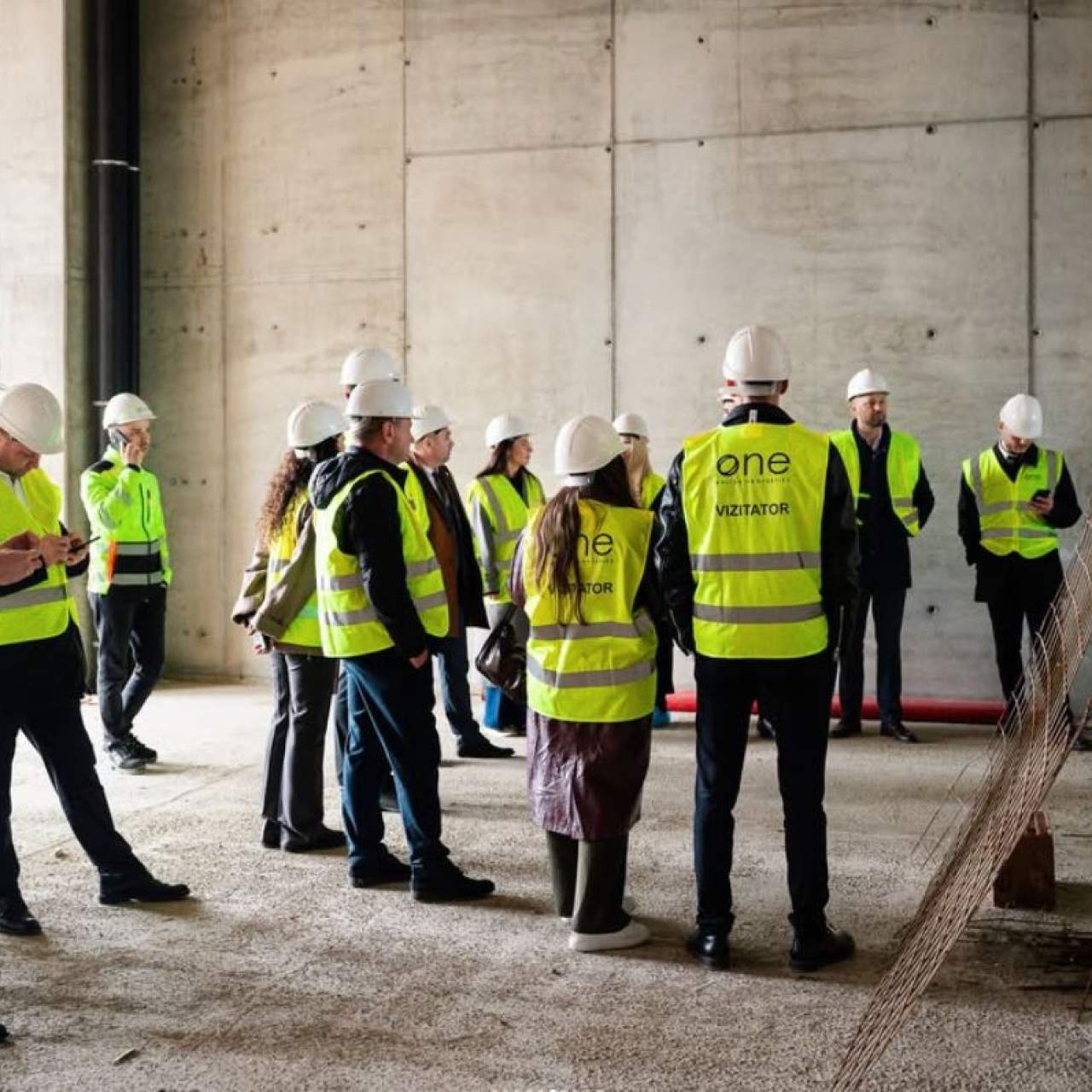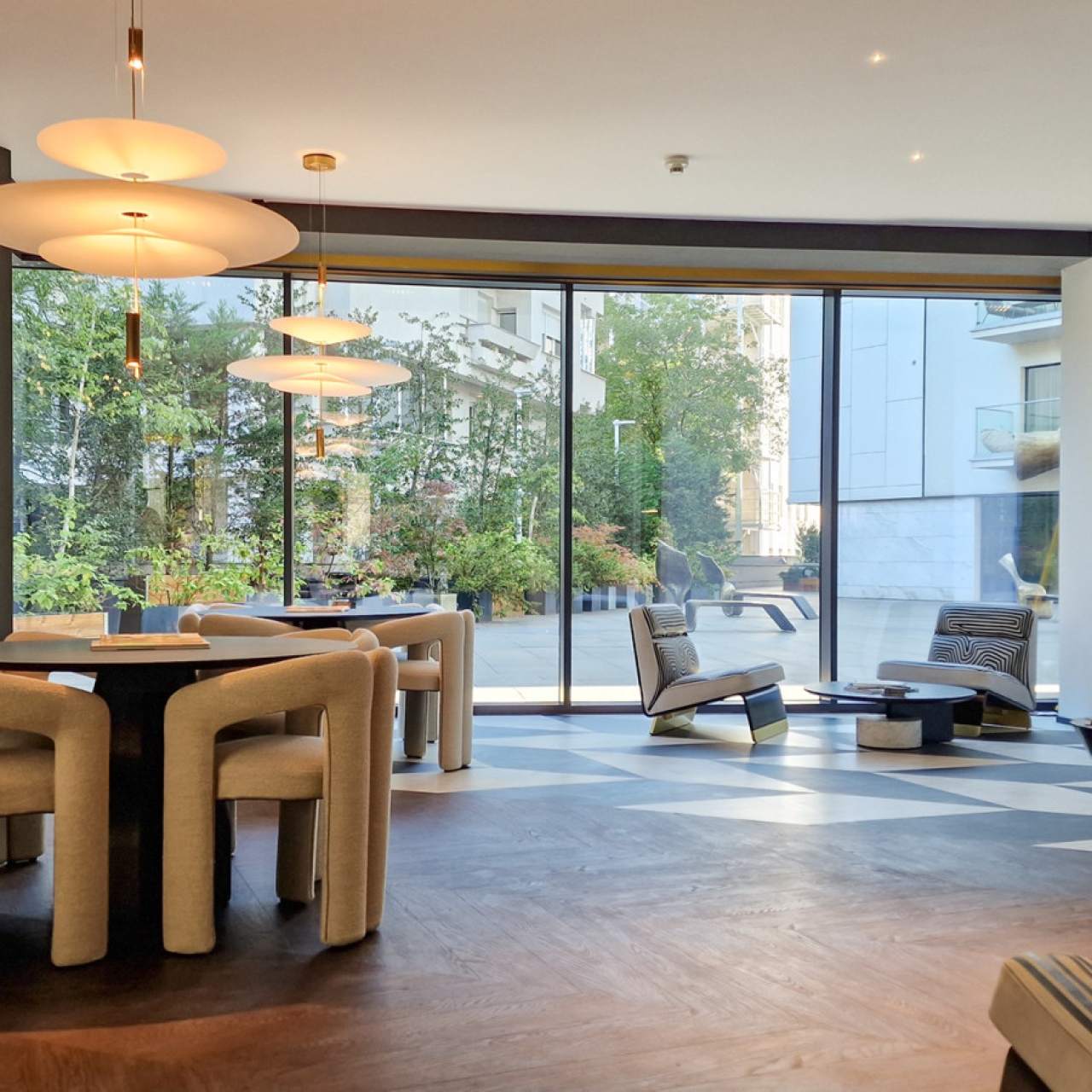
Micro-cities from the big cities
We travel daily across crowded cities for work, for children's school, for the salon where we have appointments, or to do our weekly shopping session. We are always in a hurry to catch the subway, the green color at the traffic light, the last free table at our favorite restaurant or a central place at the cinema, at the premiere of the film we were waiting for.
We realize, then, that time has truly become one of the most important resources of modern times. But we don't know what to do to save and maximize it so that the weekends turn from the days of problem solving into a well-deserved break of relaxation and recharging batteries. An answer is given by the multifunctional real estate concepts.
This kind of developments include the most common facilities and services we need in our daily lives, from office buildings, apartments, and shops, to schools, health care services, beauty salons, and spaces for entertainment activities, such as cinemas or theatres. Before we discover their advantages, let's take a look at the past to see when this concept came into being.
Although we might be tempted to believe that they represent a trend of modern architecture, multifunctional developments have their origins in antiquity. In Rome, one of the most important cradles of civilization, the builders and architects of the time used to connect essential buildings such as houses, shops, schools, libraries, and administrative facilities around the market squares where the most important events of the city took place.
Centuries later, the Industrial Revolution brought important changes, imposing new regulations on the location and use of buildings. In addition, the widespread use of cars has made it easier to travel to work or other destinations, with people no longer having to choose their homes based on the "proximity" factor.
But now, with climate change worsening, migration from rural to urban areas has led to overcrowding cities, increased costs of fuel or utilities, hence the real estate developers are returning to the old solution of buildings that can integrate multiple facilities.
As a structure, one of the most common designs used mixed-use developments is the vertical one. Usually, the formula used is the arrangement of apartments or hotel rooms on the upper levels, the ground floor is reserved for office spaces and retail units, while the basement includes parking lots or access to public transport.
Another common form of arrangement is the horizontal one. Here we are talking about micro-cities that have as a central point a courtyard or an open space area surrounded by several buildings that serve the needs of the community.
The advantages of these types of buildings are numerous. One of them involves saving time and money because we need both for whatever path we take to solve a problem.
The second advantage we can mention is that of sustainability. We travel less, we pollute less. Energy efficiency is, in turn, a key factor in protecting the environment. A multifunctional building with green certification means low energy consumption, but also a healthier environment for residents and employees.
Security is also an important factor, as these types of compounds include security services or modern technologies for better control of people who have access inside.
Last but not least, we can mention the social factor. Multifunctional real estate developments facilitate closeness between community members, as it gives them topics for discussion and, in some cases, even common workspaces, the opportunity to interact more often and feel more secure knowing that they live in the same environment.
Multi-purpose buildings are widespread throughout the world. The Vía Vallejo complex in Mexico, for example, offers residential, commercial, and medical services, including a hotel. Architects have also arranged fountains, terraces, and alleys to create an inviting environment.
Another example comes from Japan, from the city of Nagoya. The JR Towers project includes a hotel and a conference center with office space, as well as direct access to public transport. The three towers also share a common space with access to a suspended street with retail facilities and a panoramic view over the city.
In the Dutch city of Nunspeet, the architecture firm BDG Architecten decided to transform a former paint factory, Veluvine, into a multifunctional building. It offers, among other things, a school, theatre, cinema, a public library, an educational center, and a café.
In Romania, One United Properties also chose a former abandoned industrial platform for the arrangement of a multifunctional project. One Floreasca City, which includes both a residential component - One Mircea Eliade and an office component - One Tower, along with retail facilities, was developed to give back to the community an abandoned area, now transformed into a lively one. Another multifunctional development included in the company's portfolio is One Cotroceni Park. Here, the developer aimed to concentrate a variety of benefits in the same concept, within a strategic location. Designed as a real city within a city, One Cotroceni Park will offer many facilities for those who work or live here, such as green areas, outdoor running tracks, a number of restaurants, cafes, bars and shops, cinema, pharmacy, dry cleaning/laundry services, swimming pool, educational facilities, but especially - exclusive residential apartments and dynamic office spaces.
Data for this article was obtained from urban-hub.com and archdaily.com.
Inspired by the article?
Explore apartments in neighborhoods worth discovering:


